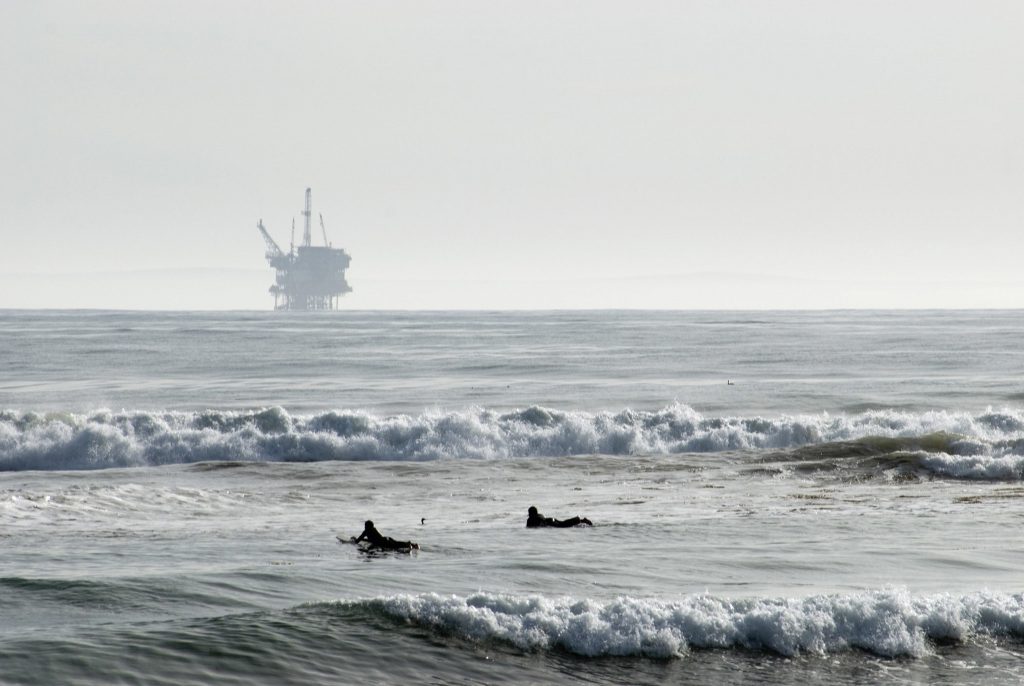Offshore geothermal in Iceland and small-scale development in Indonesia
Icelandic company North Tech Energy (NTE) sees offshore geothermal as a way for Iceland develop its resources for energy export, circumventing opposition to onshore development.
Having reported on interesting plans on exploring offshore geothermal in Iceland by Icelandic company North Tech Energy, it surely is interesting to see it entering the debate again in the context of increasing energy demand in Iceland. An article published before the weekend in Iceland is exploring these plans and implications in an interview with Geir Hagalínsson, CEO of the company.
Energy issues are in focus these days, but according to a recent report, electricity production in Iceland needs to be doubled to achieve the government’s climate and energy goals. However, there is no agreement on power plants on land, as there is strong opposition to further energy development in the country particularly if it could be aimed at export driven activities. Based on this, North Tech Energy (NTE) wants to take new paths in power plant construction by utilizing geothermal energy on the seabed and producing electricity offshore.
“I believe that we have an opportunity to stop mobilizing geothermal utilisation on land. There is geothermal that crawls out of the ocean floor and no one is using it, “says Geir Hagalínsson, CEO of NTE. He founded the company twelve years ago around the idea of ??building a geothermal power plant on an offshore platform.
“In its simplest form, I have likened this to slapping the (303 MW) Hellisheidi power plant on top of Troll, Norway’s largest drilling rig. With this, we would be avoiding having pipes and boreholes all over the country. ”
NTE received a permit from the National Energy Authority in 2017 for exploration and research on geothermal energy in research areas at Reykjanes Ridge (Southwest of Iceland) and near Grímsey (Northeast of Iceland). The company involved Icelandic Energy Research (ÍSOR) in this work, and the results indicated that they were probably the largest geothermal resources known around the shores of Iceland, according to Geir.
The company is currently awaiting a response from Iceland’s National Energy Authority on continued exploration permits. When this is available, further work will be done on locating power plant sites, and as a result, a power plant permit will be applied for. He estimates that it will take about 5-6 years to set up such a power plant. NTE is currently in talks with two Norwegian parties about participating in the project.
“I have said for many years that this is the first time that a submarine power cable from Iceland to Europe could become a reality. This could be a great source of income for the nation, “says Geir. Due to the scale of the project, the power plants need to be large and the total power at each station can therefore run on hundreds of MWs. In comparison, the installed capacity of the Hellisheidi power plant is 303 MW. Geir has been working on this project since the founding of NTE in 2009, when he was studying mechanical and rig engineering in Scotland. As a result, he worked for a while as an engineer on drilling rigs in the North Sea, but eight years ago he turned entirely to NTE.
“I am convinced that it is a realistic option to set up a geothermal power plant offshore. We will continue this work until we have proven that it works. ”
Small power plants in Indonesia and Chile
North Tech Energy has also participated in development projects related to small power plants and exploratory drilling around the world since 2013. NTE is currently working with the Icelandic company Green Energy Group and the Dutch company Transmark Renewables to build a small power plant in Chile, which received almost EUR 10 million last fall. In addition, NTE is working with Indonesian investors, investors and turbine manufacturers to set up small power plants in Indonesia.
NTE, in collaboration with parties from Norway and Chile, has developed an earth drill for research into geothermal areas. According to Geir, the developers only need 10% of the drilling area that was previously needed to drill each exploratory well to explore geothermal areas. The cost of drilling a hole down to a depth of 2,000 meters is 30% of what is known in the sector.
“It has proved very difficult to finance the first stages of such projects. We have managed to cut 70% of the cost away with the first drilling and these projects should therefore be able to proceed faster, “says Geir. The Indonesian government has legislated for exploratory drilling in this way, as 70% of the archipelago’s high-temperature areas are in protected forests.
“I do not regret that drilling should always start in new areas with these thin holes. You get the same amount of information about the size of the geothermal area with this method. ”
He points out that the NTE projects in question are in areas with limited infrastructure, small distribution systems and low demand. If the exploratory drilling yields a positive result, the same earth drill can be used to drill production wells, and in most cases only the existing infrastructure needs to be used. The small power plants in question have about 5-10 MW of installed capacity and in most cases diesel generators are being replaced.
Geir is constantly asked why power plants of this size are being set up rather than concentrating on larger power plants. He points out that most developing countries, such as Indonesia, have little or no electricity and no distribution system on remote islands. By building many 5-10 MW units, a large financial risk spread is achieved and it is possible to reach more areas with lower costs.
Source: VB.is


















